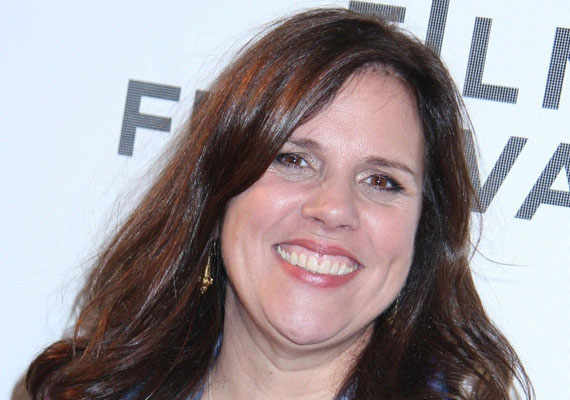Lydia Dean Pilcher • Producer
The green queen
- Producer Lydia Dean Pilcher talks about the shooting of Disney drama Queen of Katwe, for which African crew members were trained as Eco Supervisors

Disney’s Queen of Katwe, the first green studio film shot in Uganda, marks the eleventh collaboration of Director Mira Nair and New York-based Producer Lydia Dean Pilcher. Also filmed in South Africa with a multinational crew, the movie is based on a true story about a ten-year-old girl from the slums who becomes a world-class chess player. Lydia Dean Pilcher gives an insight into the green production.
Did you have to convince Mira Nair to go green with this film?
Lydia Dean Pilcher: We first worked in Uganda twenty-five years ago on Mississippi Masala. We’ve been running green sets for the past eight years. A sustainable film production strives to conserve fuel and energy, avoid toxins and pollutants, manage water, divert waste from landfills, and promote environmental literacy among the cast and crew. Our hope is that practical solutions that change behavior toward sustainability will lead to a greater political will to help communities with few resources, and in the long term will help save the planet.
Is there any infrastructure for waste management in Africa?
Mira and I frequently work internationally and we found that resources can vary widely. In Uganda, we did find a recycling plant where we were able to take anything that could be diverted from a landfill. In Johannesburg, we relied on a composting system used by restaurants which is known as the Bokashi Method. We obtained large drums and used them to ferment food waste into compost.
Did the crew in Uganda and South Africa have any eco know-how?
We brought New York-based Eco Supervisor Emellie O’Brien to Uganda for two weeks before we started shooting, and we did the same in Johannesburg. She trained two people in each country as Eco Supervisors, and she worked with our accounting department to set up the carbon calculator procedures. When you have Eco Supervisors, you have a better chance of succeeding because you have dedicated staff members who are able to implement systems and who can show people in different departments what they can do. It was a wonderful outcome to have trained four new Eco Supervisors in Africa.
Did you cut carbon emissions by saving on energy and transportation?
We reimbursed the crew for taking public transportation, and we arranged for vans to pick up the crew at certain points so they could car pool to the set. We also used rechargeable batteries whenever possible. After using disposable batteries, we sent them from the Sound to the Hair and Make Up Department where they were fully discharged in hair dryers before we recycled them.
How important is it for a production to measure its carbon footprint?
The calculation process makes visible what was previously invisible. It’s easier to enforce changes when you can measure the difference they make. And circulating that information to the cast and crew is important because film crews are becoming more environmentally conscious. It inspires them to come up with creative ideas to reduce carbon emissions that they will, I hope, continue to practice beyond the life of our production. We used the PGA Green free downloadable carbon calculator available on greenproductionguide.com.
In collaboration with
Did you enjoy reading this article? Please subscribe to our newsletter to receive more stories like this directly in your inbox.

















